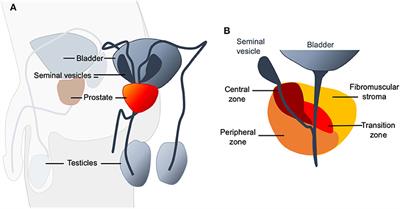By Amanda Barrell | Last reviewed Wed 27 February 2019
Reviewed by Debra Rose Wilson, PhD, MSN, RN, IBCLC, AHN-BC, CHT
Engineers design plants using genetically modified organisms, or GMOs, to be tougher, more nutritious, or taste better. However, people have concerns over their safety, and there is much debate about the pros and cons of using GMOs.
A manufacturer creates GMOs by introducing genetic material, or DNA, from a different organism through a process called genetic engineering.
Most currently available GMO foods are plants, such as fruit and vegetables.
All foods from genetically engineered plants on sale in the United States are regulated by the Food and Drug Administration (FDA). They must meet the same safety requirements as traditional foods.
There is some controversy over the benefits and risks of GMO foods. In this article, we discuss the pros and cons of GMO crops, taking into account their potential effects on human health and the environment.
Pros
Manufacturers use genetic modification to give foods desirable traits. For example, they have designed two new varieties of apple that turn less brown when cut or bruised.
The reasoning usually involves making crops more resistant to diseases as they grow. Manufacturers also engineer produce to be more nutritious or tolerant of herbicides.
Crop protection is the main rationale behind this type of genetic modification. Plants that are more resistant to diseases spread by insects or viruses result in higher yields for farmers and a more attractive product.
Genetically modification can also increase nutritional value or enhance flavor.
All of these factors contribute to lower costs for the consumer. They can also ensure that more people have access to quality food.











